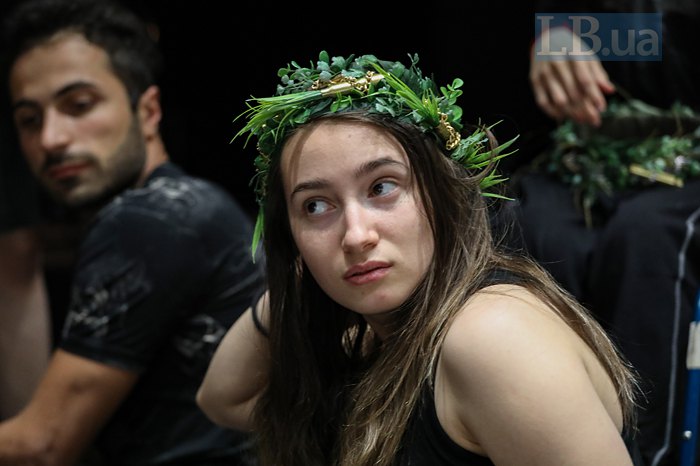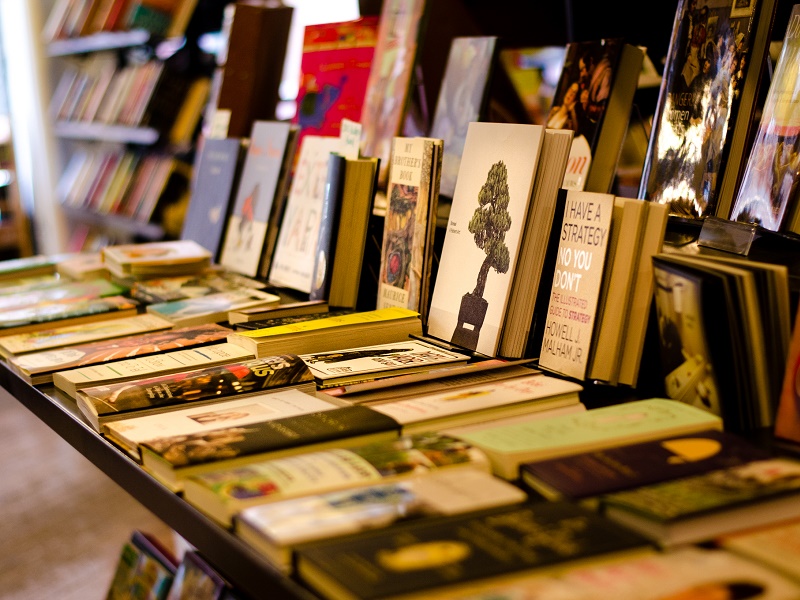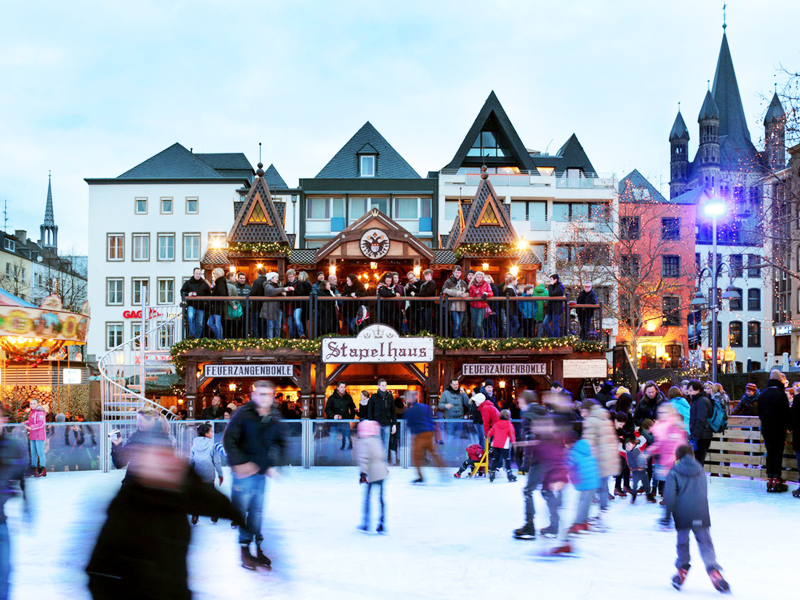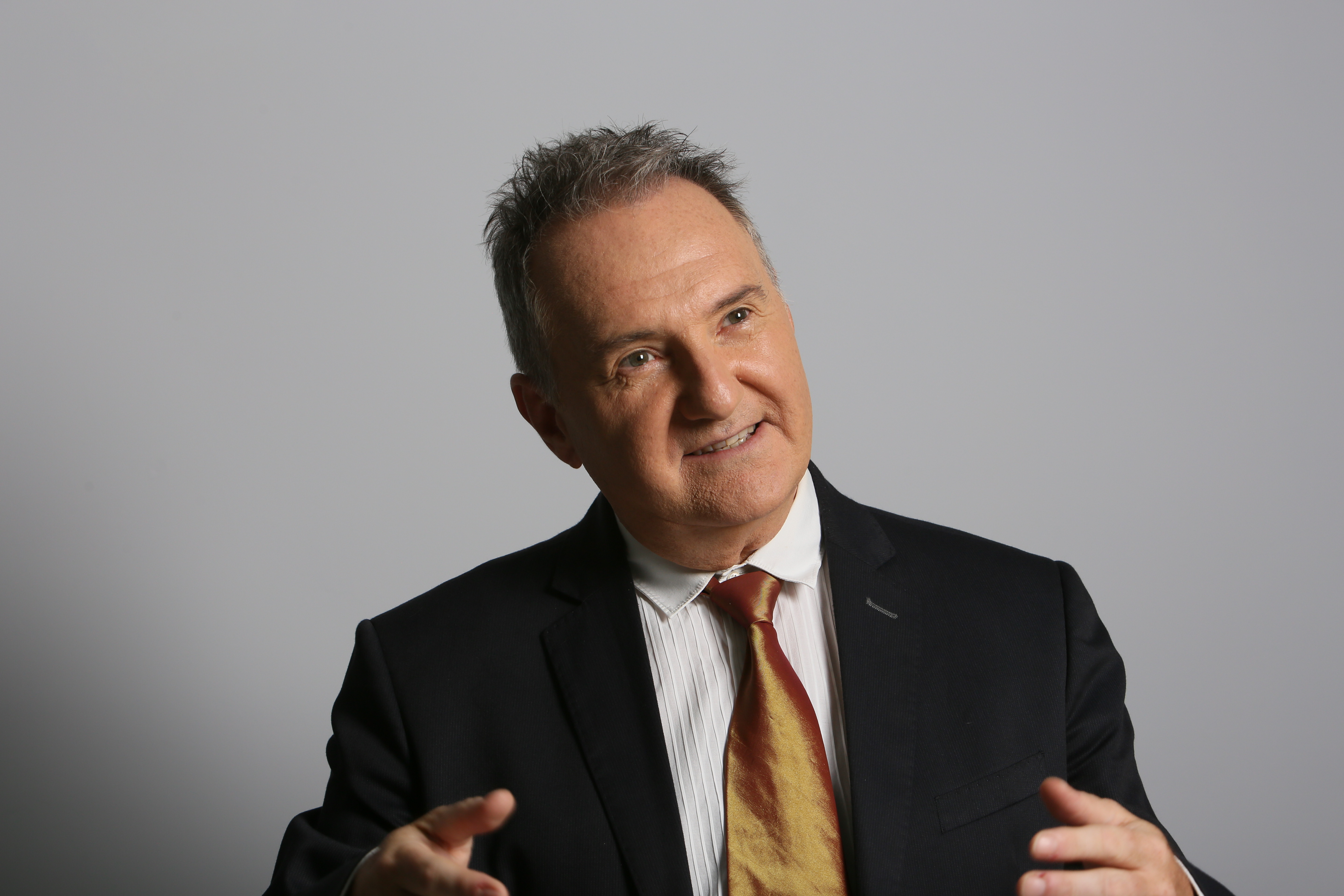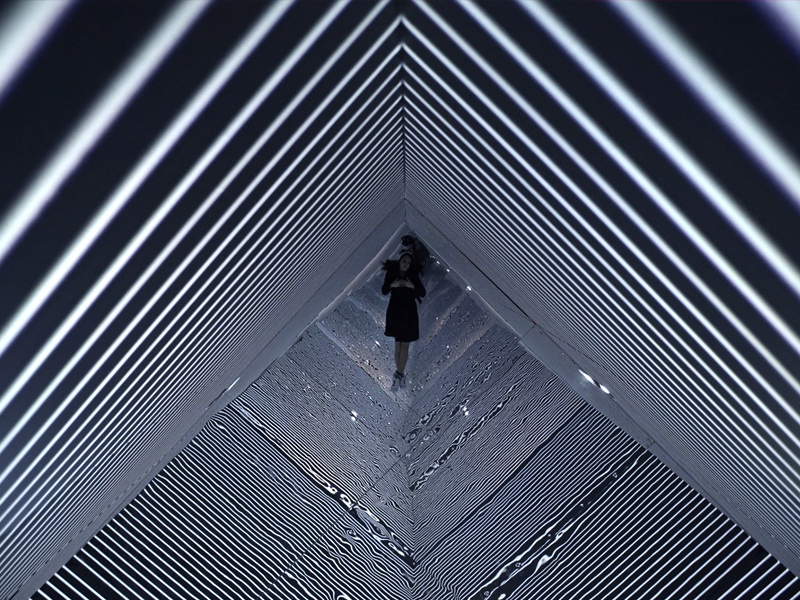
The Potential of Creative Spaces at Cultural Centers
Civil defenders and cultural activists take vigorous steps to save them. After the successful completion of the task, the abandoned buildings may become independent cultural centres. The use of the historical building, though, entails not only an opportunity, but also the assumption of a number of responsibilities.
Moritzbastei is a medieval fortress, the only preserved part of the old city wall in Leipzig. The town was built in 1551 – 1553. It has served as a cultural centre since 1982. For approximately 150 years the building was part of a school. Torsten Reitler, the representative of the cultural center, speaks about the state it was in when it came down to them:
“Moritzbastei was completely buried under the earth, it was not used as a building, and no one knew what its fate was going to be. During the rehabilitation works launched in the 1970s, it was literally excavated from under the earth. We have many limitations: for example, the acoustics of the concert hall is not very good, just reminding of a 16th-century cave. In fact, this part of the building meant for a military unit. It is quite difficult to ensure good sound. We want to improve the acoustics, but if we line the walls with fabric or perform any other such activity, the original and quite unique architecture will be distorted which is unacceptable for us. This is a real problem we are facing, and we are still trying to ensure acoustics by using fabric and timber.”
The story above is presented in the Preserved Buildings chapter of the Design Handbook for Cultural Centres. This is only one story of successful struggle and right actions. Peter Lényi’s book presents 122 more.
Peter and his friend Robert Blaško came to Yerevan on April 10th and spent a few days here.
“After I had received my Master’s degree at the university, I had nothing to do. And I had friends who wanted to conduct research. The new founders of cultural centers sometimes need answers to the simplest questions. They asked me to do the job. I found out which cultural centers were the best, which are worthwhile to visit and cover”, Peter Lényi, author of the Handbook, tells us about the launch of the study on independent cultural centers.
He has been working in Bratislava for 12 years now. He is a co-founder of 2012 architectural studio. He started his research in architecture in 2011, and since then he has collected 123 stories on cultural centers.
Research has enabled Peter Lényi to find out what conditions are necessary for independent cultural centers in order to be a success. “Success depends on what kind of outcome they want to have, what kind of output they want to generate. If they want to organize musical events and invite renowned people, the city center is the right choice. The antique theatre is Barcelona specializes in modern theatrical performances, it has very specific audience”, Peter Lényi says.
He attended the 23rd PechaKucha Night in Yerevan with architect Robert Blaško at Yerevan TUMO Center for Creative Technologies on April 10th. This event was organsied in partnership with Kolba Lab, TUMO Center for Creative Technologies and PechaKucha Yerevan team. This is when we managed to exchange a few words:
“All the stories in the Design Handbook for Cultural Centres have one shared commonality: people just find an empty and abandoned building, enter it, and they use their imagination: they try to renovate the space and open it up to new ideas and projects”, Robert Blaško says.
On April 11th the Armenian translation of Design Handbook for Cultural Centres was presented to the people of Yerevan. The venue of the presentation was not an accidental choice. ArtBridge Bookstore-Café is in Abovyan Street in Yerevan. It was founded 16 years ago.
Back then, in 2001, very few could think of a café where it would be possible to read and even buy books. When initiating ArtBridge, Shake Havan Karapetyan heard very few words of encouragement: “People in my surroundings mainly said, that the bookstore would not work. But today it is a fact that we do not have enough space.”
Ever since the first day books have been exhibited and sold here, works of different authors have been presented. The building is not a new one. This was the premises of an agency: the walls have been preserved, new rooms were added. According to Shake Havan-Karapetyan, there have been so many difficulties that she has already forgotten them but she will readily speak about the positive role ArtBridge has played for the Armenian society: “I can say that ArtBridge has played a major role in the appearance of new bookstore-cafés in Armenia today.”
As we can see, Armenians do not lag behind in terms of their aspiration to fulfil innovative ideas. People who are currently engaged in improving our surroundings and environment are walking among us, with us. 12 of them presented their own ideas on April 10th. The 23rd PechaKucha Night in Yerevan was attended by specialists in architecture, as well as guests from abroad.
As it has already been stated, the authors of the Design Handbook for Cultural Centres Peter Lényi and Robert Blaško were here, too. It should be noted that the ideas voiced by Armenian innovators were the organic continuation of the stories presented in the book. Each was a success story.
Ashot Snkhchyan. The director of SNKH architectural studio Ashot Snkhchyan states that there have not been many changes in architecture in 3000 years.
The development of information technologies creates additional opportunities for specialists to find correct architectural solutions. However, this is not always the case: “An example to be quoted from the 20th century is the city of Brasília which was being designed as an ideal contemporary city, however, with no success”, Ashot Snkhchyan says.
He is convinced that the literate use of the information accumulated by architects and urban planners is an important guarantee for success: “If the specialists in our field do not learn programming and BIG DATA analysis, our profession may disappear”, he concludes.
Meruzhan Minasyan. Born in Tehran, Iran, Meruzhan Minasyan moved to Armenia in 1997 to find himself in the post-Soviet reality. “When we entered a building, a street or a yard, everything was in a shabby state, but the privately owned spaces were quite luxurious, in good shape. The difference between black and white is great in Armenia.”
Meruzhan Minasyan concludes his presentation with a visual with captions: “Think about healthy future”. “If you leave your apartment, it is no long about YOU alone, but US, including you. Public space is about US, and you can be well-integrated in US when you can dream about US”.
Sarhat Petrosyan: The Writers’ Recreation and Creativity House in Sevan is one of the best examples of Soviet modernism. The architect Sarhat Petrosyan and his team have started the design for its renovation. Now work is at full swing, and in a year the renovation design will be presented to the public.
“The working format is not about us – the smart architects sitting in our offices and designing something. Rather we are developing a group of stakeholders and future users. We consult with them, to understand their needs. And only after that do we pursue with the rehabilitation design of a building.”
Gayane Manukyan. Those who aspire for packaging Yerevan as a capital for the outer world came together around YEREVAN project years ago. 88 journals in Russian and about 30 in English have been published, and over 20 charity projects have been implemented in Yerevan.
YEREVAN 2.0 project team intends to start work for presenting Yerevan with a new image. The team is not concerned about assertions that there is little to be changed in Yerevan: it is at the foot of Mount Ararat, and that is quite enough. But… in order to have a really presentable Yerevan there are a lot of things to be done. Walking around in Yerevan one can see half-built buildings, or buildings that are in a shabby state at every step, all failing to arouse positive emotions.
“We want to turn Yerevan into a city that complies with the global operation system”, Gayane Manukyan says.
Armen Shatvoryan: “What is architecture? Is it music in stones, a creative activity? What is it? The architect Armen Shatvoryan thinks there is no architecture without an adequate and appropriate environment: “In the course of my quest I came to realize that architecture is the result of the aspiration to organize the human being’s environment.”
By the way, PechaKucha was created in Tokyo in 2003. The expansive system of PechaKucha Nights operates in over 300 towns in the world. In the post-Soviet space, PechaKucha Nights are organized only in Saint-Petersburg and Yerevan.

